Expedition to Beth Shean (Beisan); Clarence Fisher, 1931
Accession Lot
- Object[420]
- near eastern[420]
- amulet[8]
- animal bone fragment[1]
- arrowhead[2]
- bead[40]
- beads[10]
- bell[1]
- blade fragment[1]
- boss[1]
- bottle[8]
- bowl[9]
- bowl handle[1]
- box[1]
- box lid[1]
- bracelet[21]
- buckle[2]
- cap[1]
- capital[1]
- chain[1]
- coin[42]
- cross[4]
- cult object[1]
- cup stand[1]
- cylinder seal[1]
- decanummus[1]
- disc[4]
- dodecanummus[1]
- door[1]
- door jamb[2]
- door socket[1]
- double bottle[1]
- earring[9]
- figurine[3]
- figurine fragment[4]
- finger ring[7]
- flask[1]
- follis[8]
- half dirhem[1]
- half follis[1]
- handle[1]
- hook[2]
- jar[1]
- jewelry[4]
- juglet[16]
- key[1]
- knife[1]
- knife fragment[1]
- knob[1]
- kohl stick[3]
- lamp[56]
- latch[2]
- lid[2]
- lock[1]
- loop[1]
- macehead[1]
- model[2]
- mold[1]
- mortar[4]
- mosaic fragment[2]
- necklace[1]
- nummus[7]
- object[2]
- ornament[1]
- pebble[2]
- pendant[3]
- pestle[1]
- pin[7]
- pin head[1]
- pot[3]
- rim sherd[1]
- ring[22]
- rubbing stone[2]
- sarcophagus fragment[2]
- sarcophagus lid fragment[1]
- scarab[2]
- scaraboid[3]
- scraper[1]
- scraper fragment[1]
- seal (object)[1]
- sherd[7]
- slab[7]
- spatula[2]
- spindle whorl[21]
- spool[1]
- stirrup vase[2]
- stopper[2]
- strainer[1]
- strigil[2]
- string of beads[1]
- stud[2]
- sword[1]
- tear bottle[4]
- tool handle[1]
- trough[1]
- tube[1]
- vial[1]
- weight[8]
- wheel[2]
- beth shean[420]
- israel[419]
- anastasius i[3]
- antiochus iii[2]
- byzantine[111]
- byzantine period[23]
- constans ii[1]
- early bronze age[3]
- early iron age[13]
- ez-zahir beybars[1]
- hellenistic period[1]
- heraclius i[2]
- imperial roman period[11]
- iron age ia[1]
- iron age ib[82]
- iron age iia[81]
- iron age iib[21]
- justin i[2]
- justin ii[1]
- justinian i[7]
- late imperial roman period[4]
- maurice tiberius[1]
- phocas[2]
- roman period[67]
- tiberius constantine[1]
- byzantine[41]
- hellenistic[1]
- imperial roman[11]
- islamic[1]
- late imperial roman[4]
- phoenician[1]
- roman[67]
- seleucid[2]
- "tell redim"[1]
- area 1507[1]
- area 1507, above rameses ii level[1]
- below and south of c.n. 241[1]
- below n.e. of room 1522 -- under late stone wall[2]
- below room 1522[1]
- built into late wall e. of room 1136 and of room 1507[1]
- c. n. 254, upper level[1]
- c.n.[1]
- c.n. 241[5]
- c.n. 241, beside sarcophagus a[1]
- c.n. 241, under sarcophagus a[1]
- c.n. 241; inside sarcophagus b[3]
- c.n. 241; under sarcophagus b[1]
- c.n. 242[4]
- c.n. 243[1]
- c.n. 243, northern grave (running e-w)[2]
- c.n. 243, northern grave, running e-w[1]
- c.n. 243, northern loculus, central grave (n-s)[1]
- c.n. 243, northern loculus, grave at west[1]
- c.n. 244, loculus at s. of entrance[1]
- c.n. 244, s. of entrance[1]
- c.n. 248[3]
- c.n. 248, loculus at w.[6]
- c.n. 248, northern loculus[2]
- c.n. 248, upper debris[1]
- c.n. 249 (debris round sarcophagi)[1]
- c.n. 249 b[1]
- c.n. 249 b, from e-w sarcophagus[2]
- c.n. 249 b, grave in loculus at w.[2]
- c.n. 249 b, grave in loculus at west[2]
- c.n. 249 b, inside e-w sarcophagus[4]
- c.n. 249 b, loculus at w.[1]
- c.n. 249, (debris round sarcophagi)[1]
- c.n. 249, loculus at w.[9]
- c.n. 254, higher level[1]
- c.n. 254, upper level[10]
- c.n. 257[3]
- c.n. 258[1]
- c.n. 260[17]
- c.n. 260, loculus b[4]
- c.n. 260, loculus below 262[4]
- c.n. 260, loculus c[1]
- c.n. 262[2]
- c.n. 263[4]
- c.n. 265[1]
- c.n. 265, central[3]
- c.n. 265, outside door[10]
- c.n. 266 a, low level[26]
- c.n. 266 b[1]
- c.n. 266 b, high level[1]
- c.n. 266 b, low level[24]
- c.n. 266, a, low level[2]
- c.n. 266, high level[13]
- c.n. 266, low level[1]
- c.n. 269, lower ledge[1]
- c.n. 270, monastery, room 6[1]
- c.n. 270, monastery, room a[1]
- c.n. 270, monastery, room a, east[6]
- c.n. 270, monastery, room d[4]
- c.n. 270, monastery, room h[9]
- c.n. 270, monastery, room j[1]
- c.n. 270, monastery, room j, in cistern[1]
- c.n. 270, monastery, room k, bottom of grave[3]
- c.n. 270, monastery, room k, grave[2]
- c.n. 270, monastery, room l[3]
- c.n. 270, monastery, room l.[1]
- c.n. 270, monastery, room m[1]
- c.n. 270, monastery, room o[4]
- c.n. 270, monastery, room o, north of drain[3]
- c.n. 270, monastery, room o, south of drain[5]
- c.n. 270, monastery, room p[2]
- c.n. 270, monastery, room q (outside room p.)[1]
- c.n. below 241[1]
- c.n. below and south of 241[1]
- c.n. debris[6]
- c.n. debris above 255[3]
- c.n. debris below 267[1]
- c.n. debris e. of 264[3]
- c.n. debris near 264[2]
- c.n. debris, above 255[8]
- c.n. entrance 240[5]
- c.n. just below 241[2]
- c.n. surface[11]
- c.n. surface above 255[2]
- n.e. of room 1521[2]
- n.w. of room 1507[7]
- room 1510[4]
- room 1511[2]
- room 1513[3]
- room 1520[2]
- room 1538[2]
- room 1540 s.e.[2]
- room 1542[4]
- room 1542 n, low[2]
- room 1544[2]
- room 1549 n.e.[14]
- room 1549, n.e.[5]
- s.w. of room 1531[2]
- w. of room 1536[2]
- acanthus leaf[1]
- altar?[1]
- anastasius i[2]
- animal head[1]
- antoninus pius[1]
- boy[1]
- branch[1]
- bull head[1]
- bust[1]
- captive[1]
- caracalla?[1]
- child[1]
- claudius ii[1]
- constans ii[1]
- constantine ii[1]
- consular robe[2]
- cornucopiae[1]
- cross[21]
- cup[1]
- dionysos[1]
- dioskouroi[1]
- eagle scepter[1]
- emperor[8]
- face[1]
- female figure[3]
- fish[1]
- floral motif[1]
- gazelle?[1]
- globe[1]
- globes[1]
- grapes[1]
- greek inscription[2]
- head[1]
- heraclius i[2]
- horseman[1]
- human figure[2]
- human figurine[1]
- human head[1]
- inscription[2]
- juno[1]
- justin i[1]
- justin ii[1]
- justinian i[7]
- lion[1]
- male head[1]
- maltese cross[1]
- man[1]
- mappa[1]
- martina[1]
- maurice tiberius[2]
- nike[1]
- palm tree[1]
- panther[1]
- patera[1]
- phocas[1]
- scepter[1]
- sceptre[1]
- septimius severus[1]
- sophia[1]
- star[5]
- stars[1]
- throne[1]
- thyrsos[1]
- tiberius ii[1]
- trophy[1]
- tyche[1]
- victory[1]
- virgin mary[1]
- winged victory[2]
- wreath[2]
- agate[1]
- alabaster[8]
- amethyst[5]
- animal bone[1]
- basalt[10]
- billon[5]
- bone[4]
- bronze[133]
- carnelian[10]
- ceramic[114]
- crystal (stone)[1]
- diorite[1]
- faience[16]
- flint[2]
- frit[1]
- garnet[1]
- glass[45]
- gold[19]
- granite[1]
- haematite[4]
- iron[16]
- ivory[11]
- lapis lazuli[1]
- lead[1]
- limestone[5]
- marble (stone)[2]
- onyx[1]
- paste[4]
- plaster[3]
- pumice[1]
- quartz[4]
- sandstone[4]
- steatite[9]
- stone[8]
- wood[1]
- actual citation[181]
1 - 30 of 420 Records
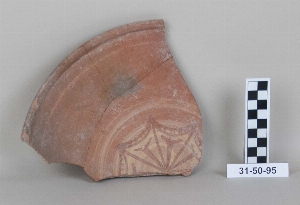
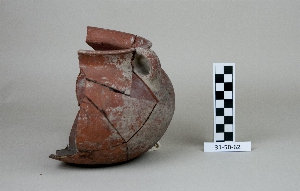
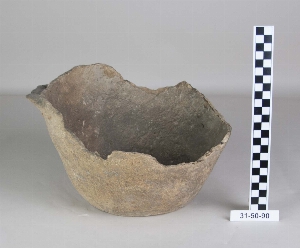
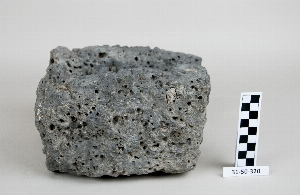
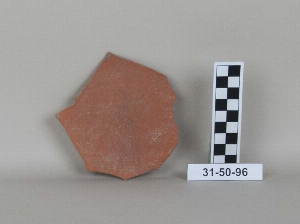
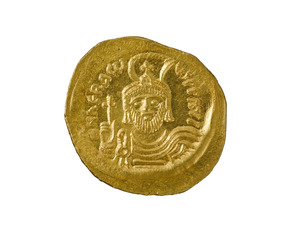
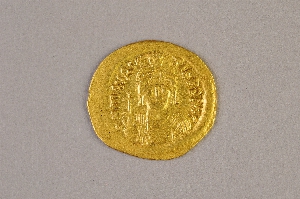
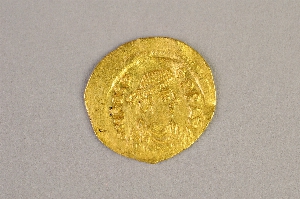
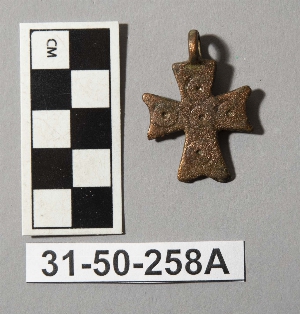
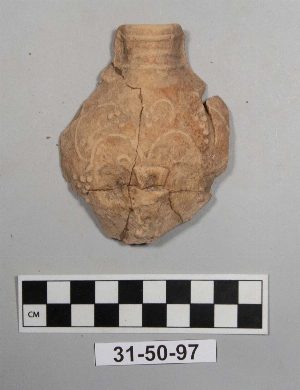
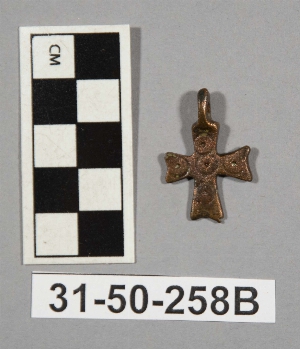
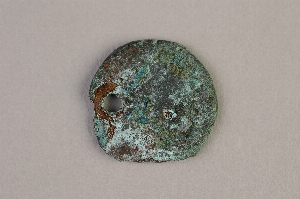
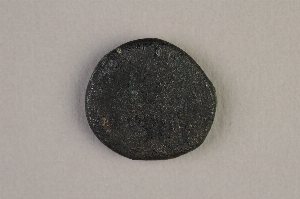
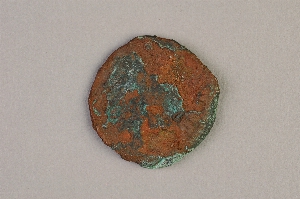


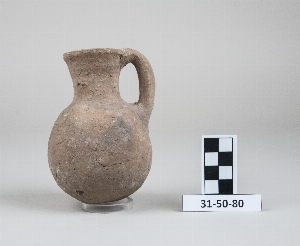
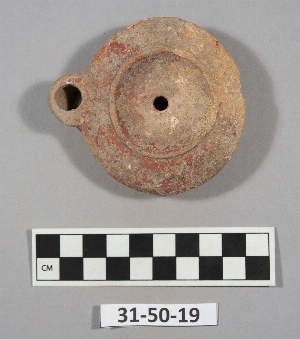
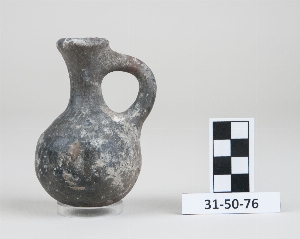
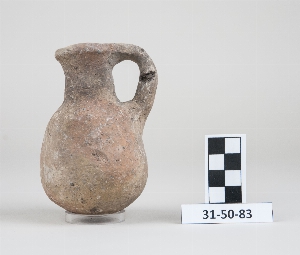
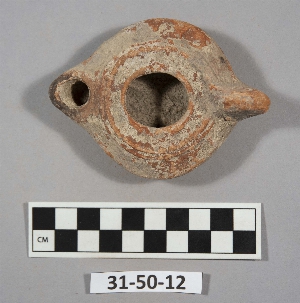
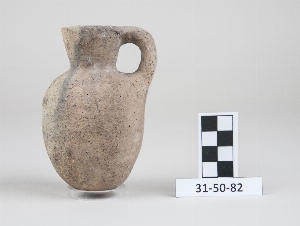
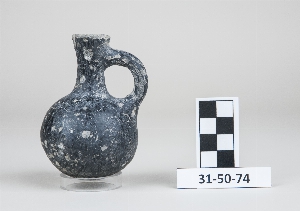
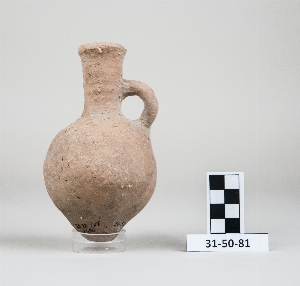
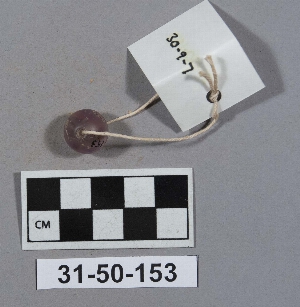
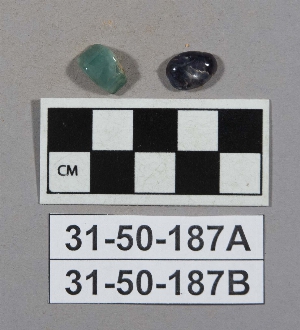

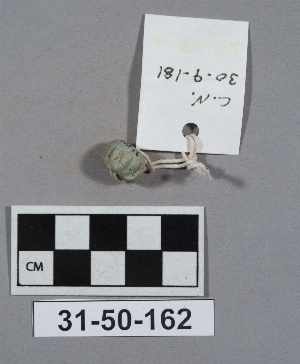
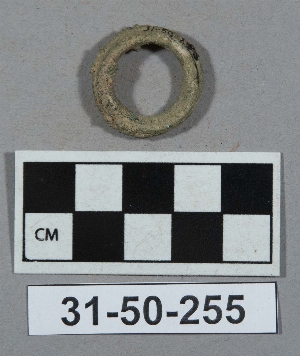
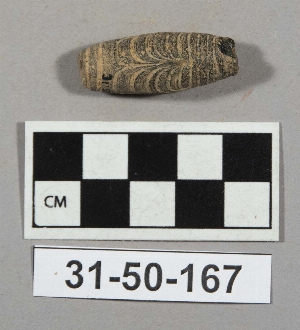
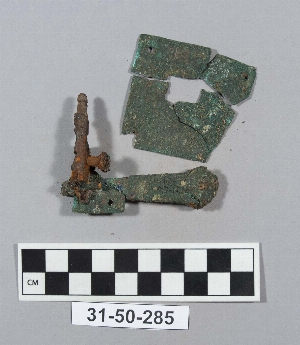

1 - 30 of 420 Records

